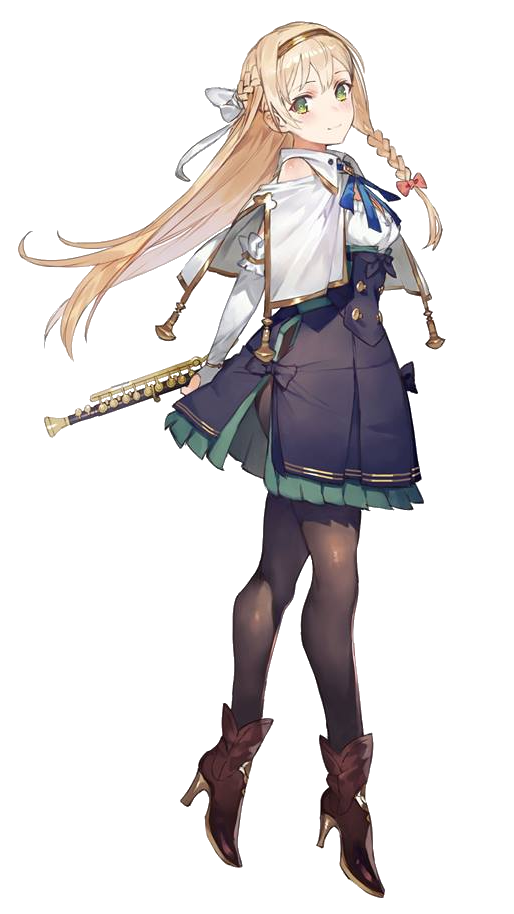

Notably, the nobility were particularly disdainful of the merchants who, in the eyes of the nobility, were perceived as misers. As such, people would blame the merchants for natural catastrophes including disease, floods or famine as a punishment to the community from God. The clergy convinced the community that these activities were evil and against God’s will.

In the early emergence of the merchant class, the clergy was vehemently opposed to merchant activities such as banking and trading. Meanwhile this same society increasingly depended on merchants for the distribution of much needed goods. The clergy, the peasants and the nobility considered the merchant as one who was seeking to enrich himself at the expense of society. Merchants were not considered as part of these three categorizations and were largely discriminated against. Medieval society divided itself between three societal categories that included the clergy, the peasants and the fighters. The middle ages merchant sourced for his products during his travels and would then sell them in markets and shops or at fairs. Thus, the medieval merchant was seen as both a trader and trafficker of wares across countries. The term “merchant” comes from the Latin term “mercer” which means trafficking and from the French term “mercies” which means wares. Merchants in the middle ages were business people who participated in retail and trade.


 0 kommentar(er)
0 kommentar(er)
